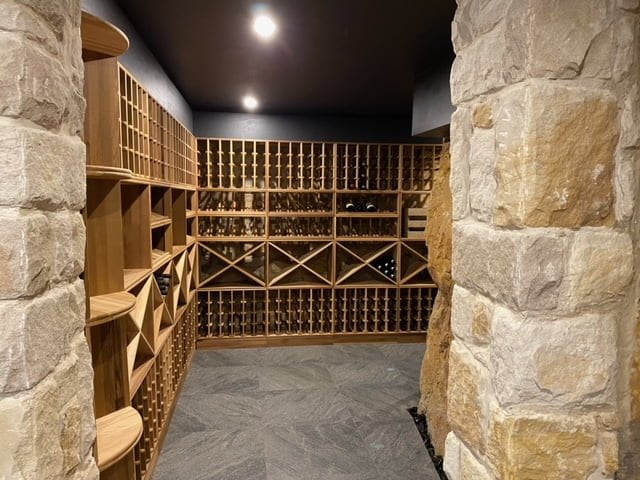Creating Your Own Passive Cellar: A Guide to Natural Wine Storage
For wine enthusiasts seeking a more traditional and sustainable approach to wine storage, creating a passive cellar presents an enticing opportunity. Unlike temperature-controlled cellars that rely on mechanical systems, passive cellars harness natural environmental factors to maintain optimal conditions for aging wine. In this guide, we explore the steps involved in crafting your own passive cellar, from selecting the right location to implementing key design elements.
Choosing the Right Location:
The first step in creating a passive cellar is selecting an appropriate location. Ideally, a passive cellar should be situated underground or within a structure that provides insulation from external temperature fluctuations. Basements, naturally insulated walled cellars, or underground rooms are often ideal candidates, as they benefit from the natural insulation provided by the earth.
Ensuring Adequate Insulation:
Once you’ve identified a suitable location, it’s essential to ensure adequate insulation to maintain consistent temperature levels. Thick walls, earth berms, or foam insulation can help prevent heat exchange with the surrounding environment. Pay close attention to sealing any gaps or cracks that could compromise insulation efficiency.
Promoting Proper Ventilation:
Proper ventilation is crucial for maintaining airflow within the cellar and preventing the build up of excess humidity. Ventilation openings or vents should be strategically placed to allow for the exchange of air with the outside environment. Consider incorporating both intake and exhaust vents to facilitate fresh airflow.
Utilizing Thermal Mass:
Materials with high thermal mass, such as concrete, stone, or earthen floors, play a vital role in regulating temperature fluctuations within the cellar. These materials absorb and release heat slowly, helping to buffer the space against external temperature changes. Incorporating thermal mass elements into the design of your cellar can help stabilize temperature levels and promote optimal aging conditions for your wines.
Choosing Wine Racks and Storage Solutions:
Selecting appropriate wine racks and storage solutions is key to maximizing space and organization within your passive cellar. Racks made from materials such as wood or metal, which can withstand the humid environment of the cellar. Consider the layout of your cellar and the types of wines you plan to store when designing your storage system to ensure easy access and proper aging conditions for each bottle. Western Red Cedar Timber is known for it anti rot and anti fungal properties, this makes it the perfect material for passive wine cellar.
Monitoring and Maintenance:
While passive cellars require minimal maintenance compared to their temperature-controlled counterparts, regular cellar temperature monitoring is still essential to ensure optimal conditions for wine aging. Keep an eye on temperature and humidity levels, and make adjustments as needed to maintain stability. Periodically inspect insulation, ventilation, and any other components of the cellar to address any issues promptly.
Embracing the Benefits of a Passive Cellar:
Creating a passive cellar offers wine enthusiasts the opportunity to reconnect with the natural elements of winemaking and aging. By harnessing the inherent qualities of the environment, passive cellars provide a sustainable and cost-effective alternative to mechanical wine storage systems. Whether you’re a seasoned collector or an amateur enthusiast, crafting your own passive cellar allows you to preserve and age your favourite wines with authenticity and tradition.
In Conclusion:
Crafting a passive cellar is a rewarding endeavour that allows wine enthusiasts to create a space dedicated to preserving and aging their favourite wines naturally. By selecting the right location, implementing key design elements, and paying attention to monitoring and maintenance, you can create an ideal environment for your wine collection to flourish. Whether you’re converting an existing space or building from scratch, the process of creating a passive cellar is sure to deepen your appreciation for the art of wine storage and aging.


